Making A Modern American Art: 1900 – 1910
Edward Hopper & His Contemporaries
At the turn of the twentieth century, artists began to confront the dominance of European academic influences within the American art sphere. In search of a new status quo, leading American artists began to challenge these systems—such as the National Academy of Design and the American Impressionists—in hopes to create and define an American artistic identity. As artists became aligned with the Ashcan School and began depicting New York in a Realist style, they found themselves not only transforming the status quo but leading an emergent avant-garde movement.
The Eight
A group of artists known as The Eight were the most definitive pushback against the traditional academic system. They included Robert Henri (the leader), as well as Everett Shinn, John Sloan, Arthur B. Davies, Ernest Lawson, Maurice Prendergast, George Luks and William J. Glackens. Together they exhibited their work at the Macbeth Galleries in 1908 in an exhibition outside the system that was meant to challenge it. They wanted to create an American aesthetic and while they painted in different styles, most—including Henri and Sloan—embraced a Realist manner showing the struggles of life for the working class in New York City.
Edward Hopper & The Ashcan School
Five of the members of The Eight became associated with The Ashcan School, a loose group of artists that followed Henri’s mantra of “art for life’s sake”. They strove to depict a New York City that included working-class people and immigrants. Immigration surged in the late nineteenth century and the first decade of the twentieth century. A second generation consisted of Robert Henri’s New York students, of whom George Bellows was the most devoted.
Around this time, Edward Hopper was living in New York. As a student, his parents pushed him to study illustration and pursue classes at both the Correspondence School of Illustrating and at the New York School of Art. He studied with Kenneth Hayes Miller and Robert Henri (John Sloan was also an early influence). Hopper worked in illustration for about 20 years, starting in 1906 as a part-time illustrator for various advertising agencies in New York. He illustrated for magazines such as Scribner’s, Everybody’s, and Country Gentleman as well as for specialty magazines, including Hotel Management, The Morse Dial and Wells Fargo Messenger. Illustration was an important way for artists to support themselves, and Henri, Sloan, Luks and other significant artists of the time worked as illustrators to provide secure earnings. Towards the end of the decade, Hopper traveled to Europe and spent two long sojourns in Paris, where he overlapped with many of his contemporaries and admired the work of the Old Masters as well as, Manet and Degas for their depictions of modern life.
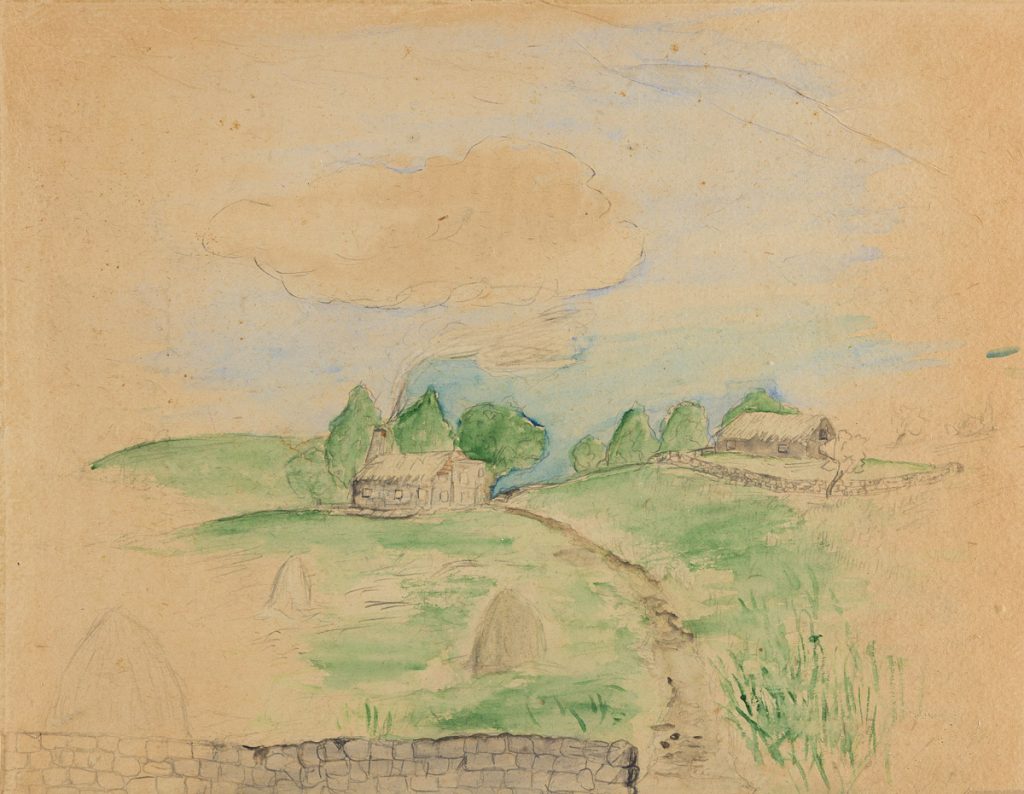
The Ashcan artists were seen as the avant-garde in American art, but the European modernists were on the cusp of being introduced. An early supporter of European modern art in New York was Alfred Stieglitz who opened a gallery in 1905 called the 291 Gallery. He began to exhibit cutting-edge European art in 1908. Stieglitz also despised the gatekeeping incited by The National Academy of the Arts. In response, he showcased European contemporaries with drawings by Auguste Rodin, and artists less known in America, including Cézanne, Matisse and Picasso. The first exhibition of Matisse’s work ever held in the United States, which included Nude in the Forest, 1906,, exhibited at 291 Gallery. These exhibitions set the stage for a defining moment in art of the twentieth century: the 1913 Armory Show, which opened in its first iteration at the 69th Regiment Armory on Park Avenue and 25th Street, New York, across the street from Swann Auction Galleries’ current location.
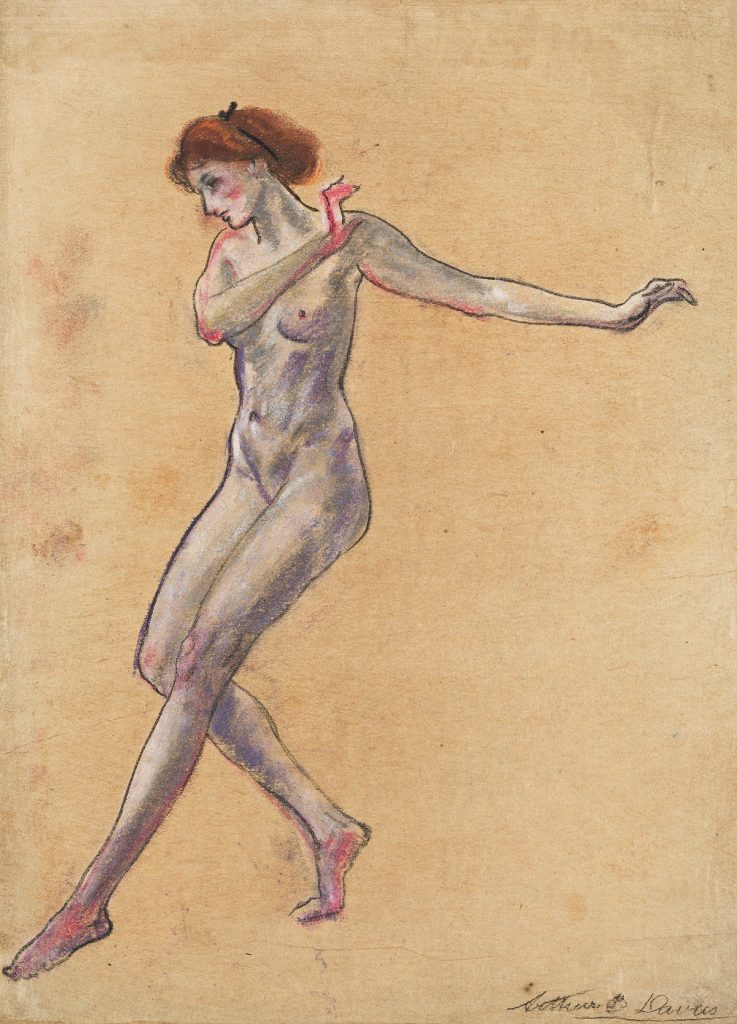
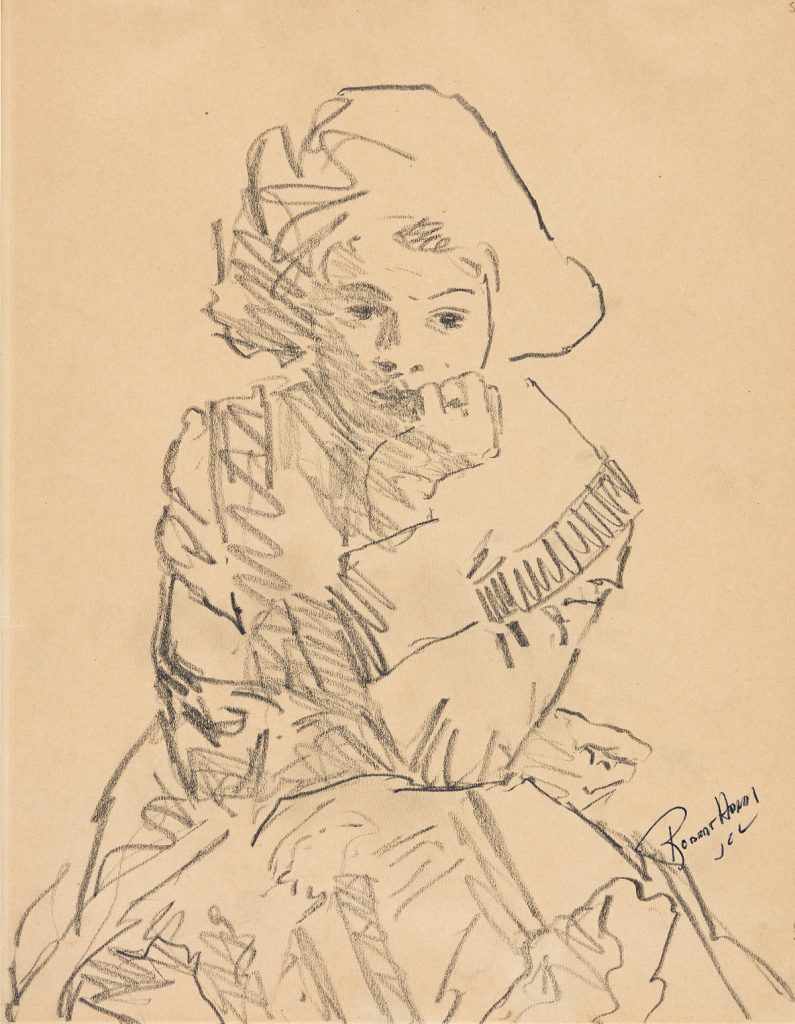
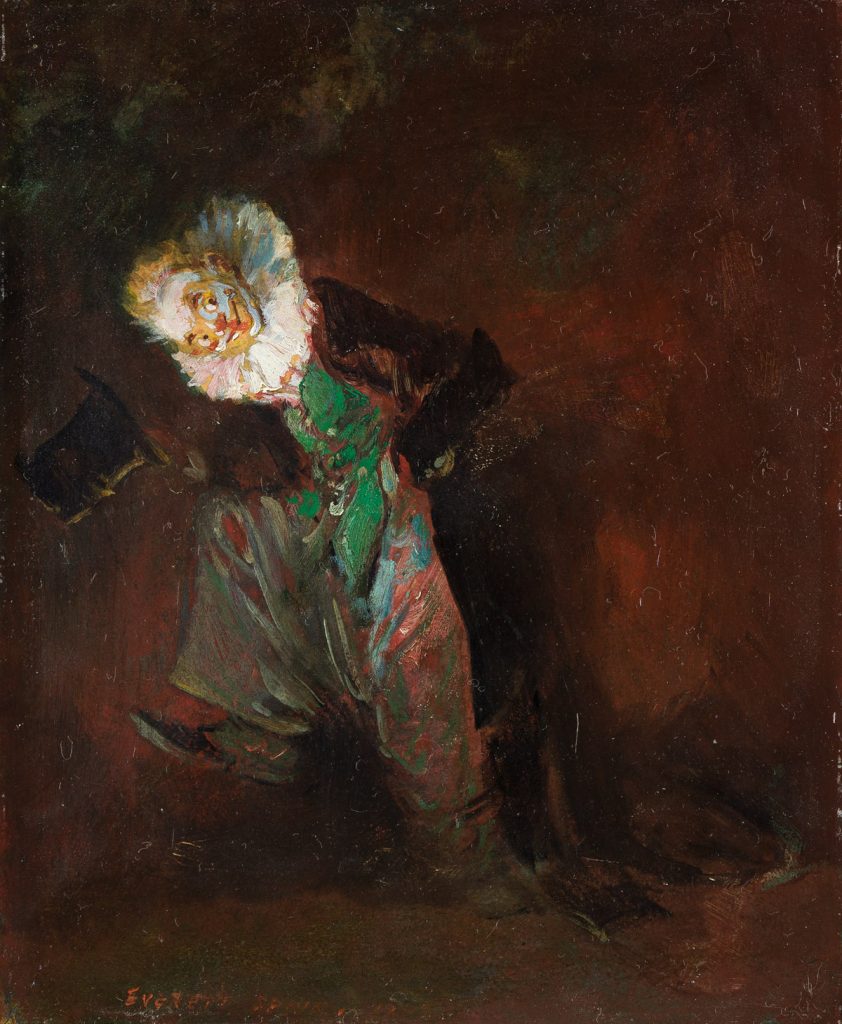
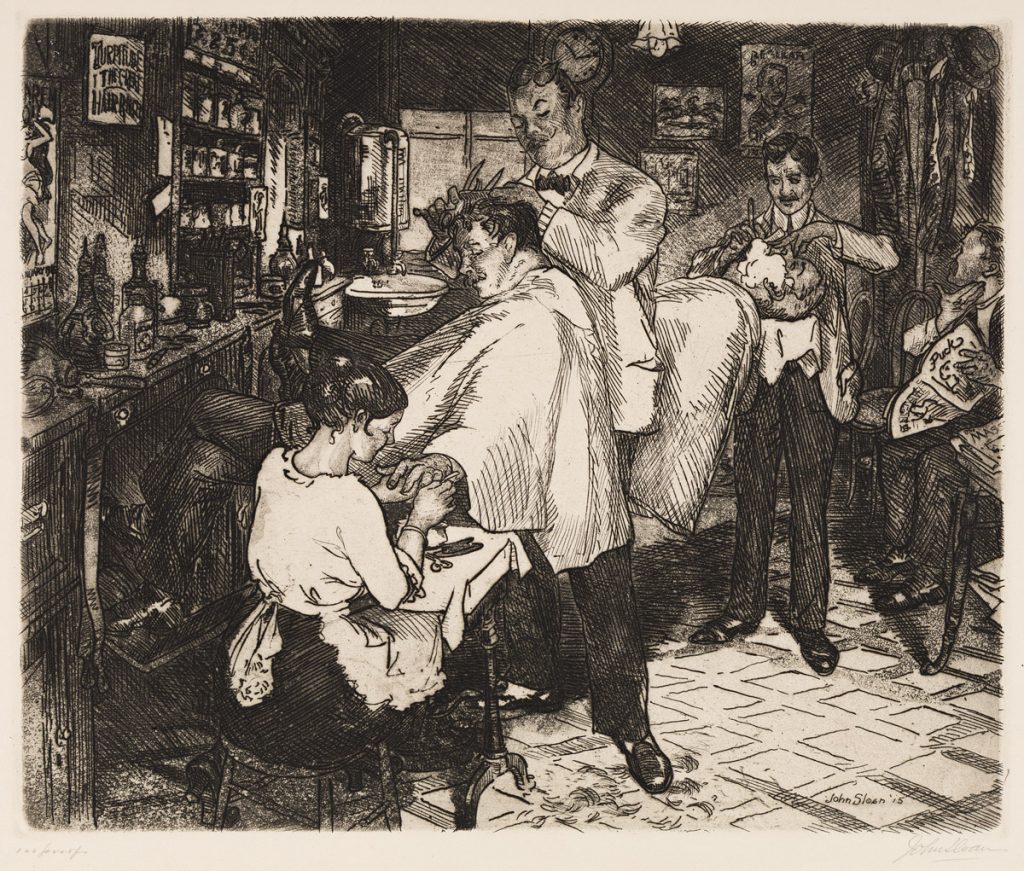
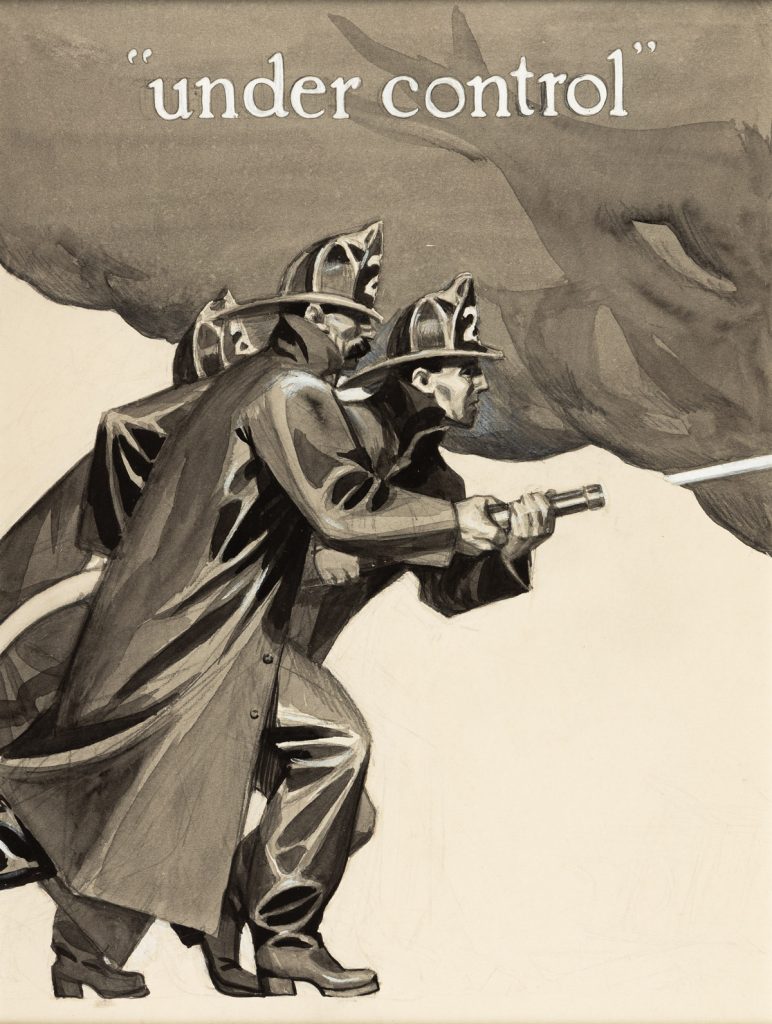
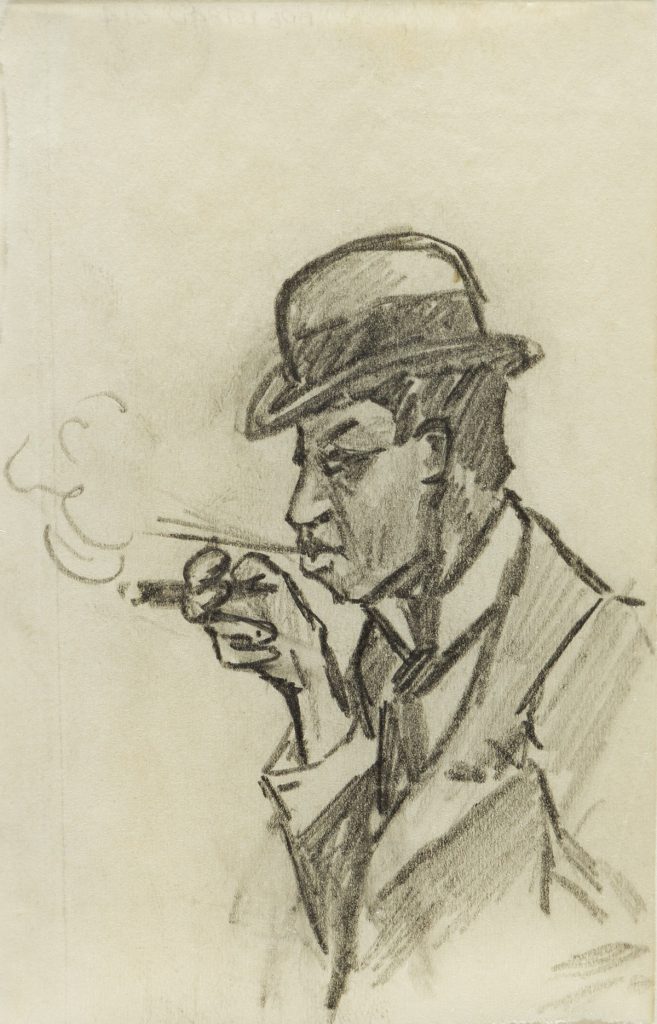
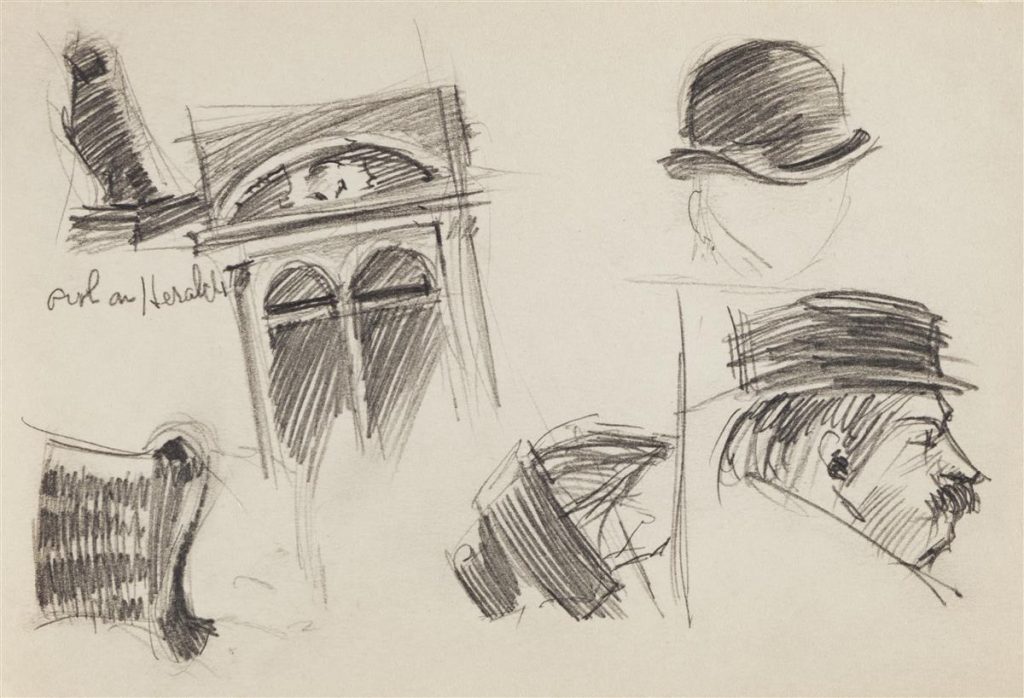

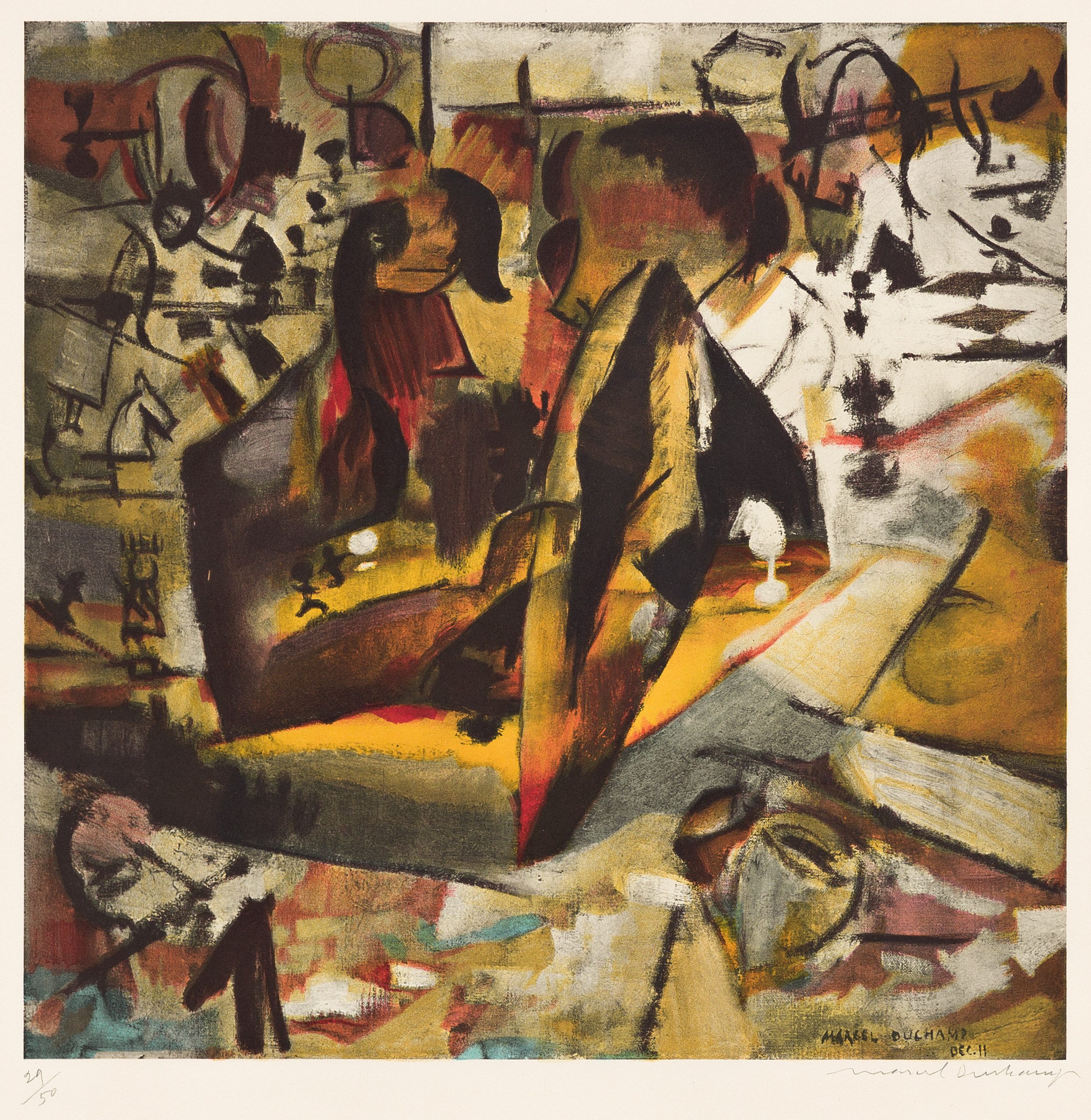
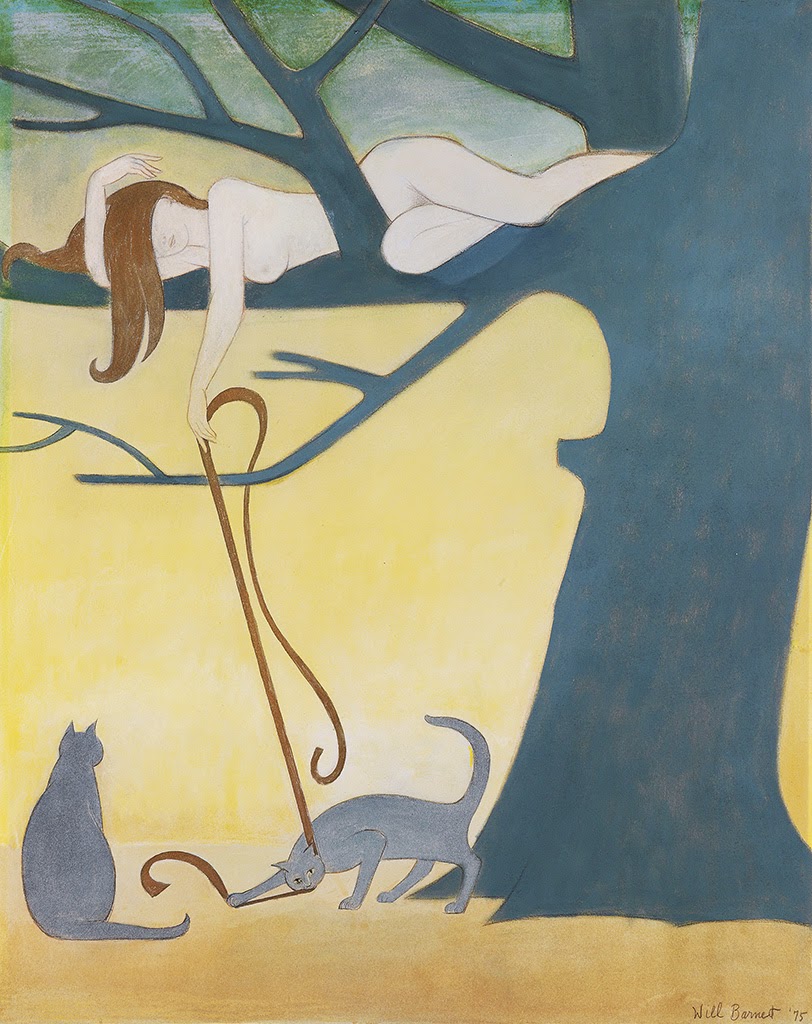













![Grace Meschery-McCormack shares about two copies of Fernando de Rojas’s ‘La Célestine,’ including a limited edition copy illustrated by Pablo Picasso.
At auction April 22. Learn more about the works at the link in our bio.
#Rarebooks #rarebookdealer #antiquarianbooks #auctions
_______________________________________
Music Credit:
Schubert - Piano Quintet in A major ‘The Trout’, D. 667 - IV. Andantino – Allegretto
Music provided by Classical Music Copyright Free on Youtube [https://tinyurl.com/visit-cmcf]
Watch: • Schubert - Piano Quintet in A major ‘...]](https://scontent-iad3-1.cdninstagram.com/v/t51.75761-15/491443494_18499096345036585_5935932878956098058_n.jpg?stp=dst-jpg_e35_tt6&_nc_cat=107&ccb=7-5&_nc_sid=18de74&_nc_ohc=Kjf2AzWLeY8Q7kNvwEQYrfY&_nc_oc=Adn_Uzi4Nwl1nHCsTtuLCIkthuYOWwKedtxovtcdMSYhpbHQGScR7QSzzN2rD0v-khE&_nc_zt=23&_nc_ht=scontent-iad3-1.cdninstagram.com&edm=AM6HXa8EAAAA&_nc_gid=g-mmtA5NszV6CS-yj0hzrg&oh=00_AfLaVPJlWLuG-Ri_DzbCxxewoKPr55kA2Mokrhefj8C6jQ&oe=6824CA11)

